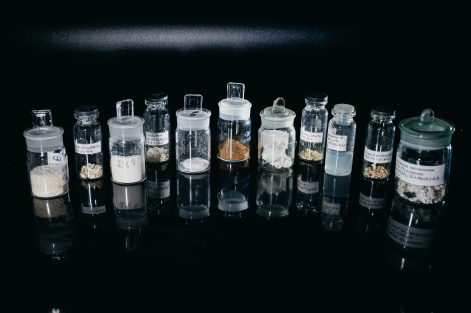
Krasnoyarsk scientists developed a method for the complex processing of birch wood with the production of valuable chemicals: xylose, levulinic acid and enterosorbents. This allows one to fully use the main components of woody biomass and reduces the production cost of the product. The obtained substances can be used in organic synthesis, medicine and industry. The results of the work are published in the journal Biomass Conversion and Biorefinery.
Wood is a renewable resource that is used not only in construction, but also in the chemical industry. The main direction of chemical processing of wood is the production of cellulose. However, wood also contains other valuable chemical components that remain as waste after conventional methods for extracting the cellulose component.
Scientists from the Federal Research Center "KSC SB RAS" and SibFU for the first time created a method for the extraction-catalytic processing of birch sawdust into valuable chemicals. As a result, the researchers obtained xylose, levulinic acid and enterosorbents. At the same time, the obtained enterosorbents are superior in their sorption capacity to commercial analogues. They can be used in medicine, veterinary medicine and other fields.
To begin with, the researchers obtained a cellulosic product and ethanol lignin using ethanol extraction. Then, they were converted into levulinic acid and xylan, and the latter was processed into xylose. The extracted ethanol lignin was converted into enterosorbents. The combination of all the processes into a single technological cycle made it possible to utilize all the main components of lignin and reduce the cost of target products.
The scientists tested the ability of the obtained enterosorbents to absorb such marker substances as methylene blue dye, which belongs to the class of low molecular weight toxicants, and gelatin. The sorption capacity of the obtained enterosorbents was one and a half to two times higher than that of the commercial ones. The researchers note that this is due to the new enterosorbents containing a large number of oxygen functional groups which can effectively bind various molecules.
“Although individual methods for processing birch wood to obtain xylan, xylose, levulinic acid and organo-solvent lignin are well known, for the first time we tried to integrate them into a single technological cycle. This ensured a complex bioprocessing of wood and a reduction in the cost of the target product. The extracted products are comparable to those obtained with less economical methods of extracting birch wood, and can be used in organic synthesis, medicine, veterinary medicine and other fields. In addition, our method makes it possible to obtain pharmaceutical grade xylan with a high yield at a low temperature using available, cheap and non-toxic reagents,” said Boris Kuznetsov, Doctor of Chemistry, Professor, Head of the Laboratory of Chemistry of Natural Organic Raw Materials at the Institute of Chemistry and Chemical Technology of SB RAS.

